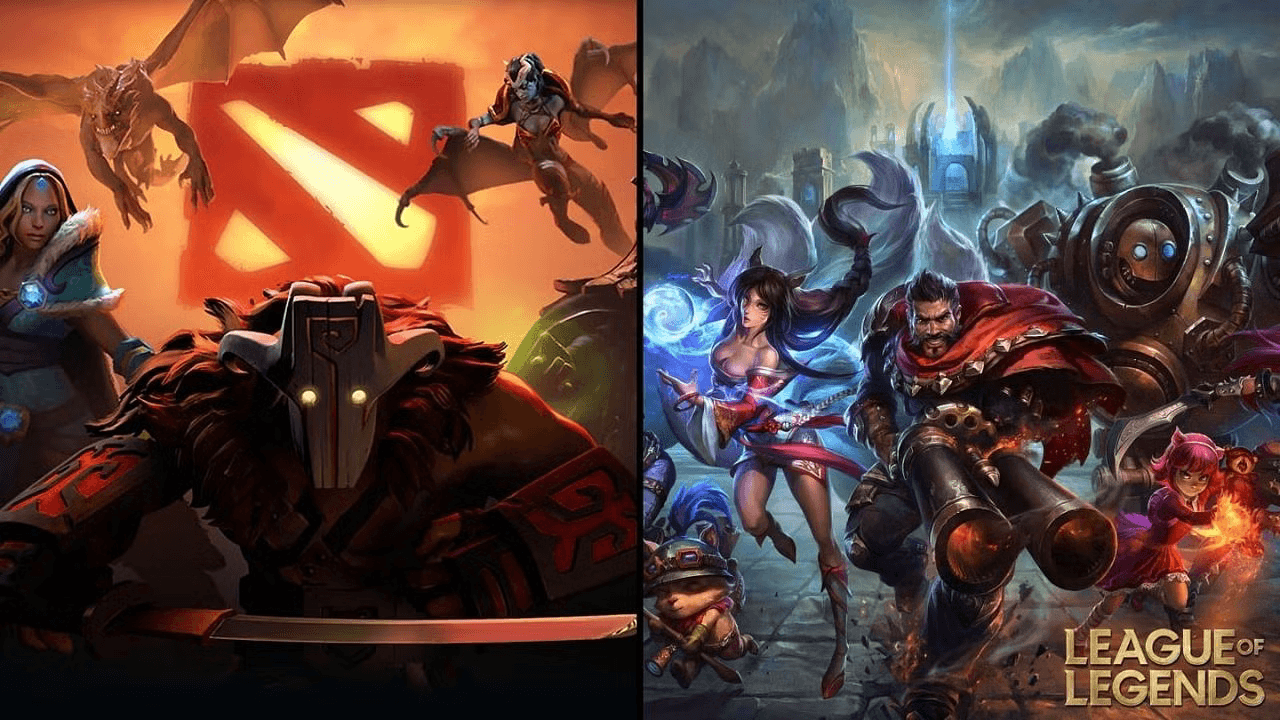

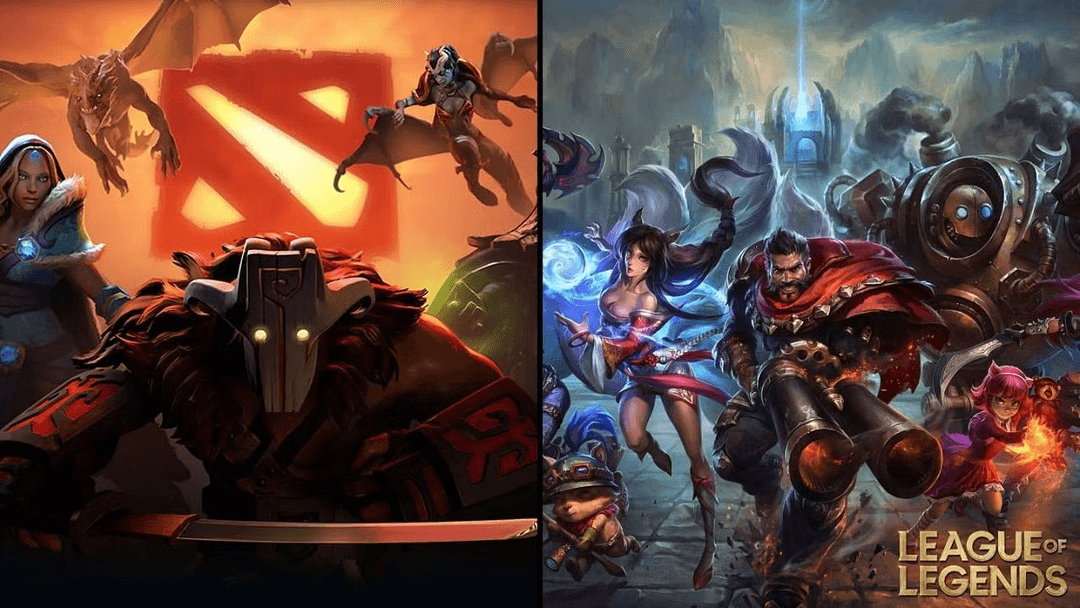
League of Legends and Dota 2 dominate the MOBA scene, drawing millions of players from casual weekend warriors to elite esports pros. Both games throw teams into epic battles to crush their rival’s base, but that’s where the similarities end.
The devil is in the details. LoL’s faster pace and streamlined mechanics clash with Dota 2’s complex strategies and deeper customization. These differences don’t just shape how you play—they redefine entire metas, esports dynamics, and even how communities rally around each title.
Why care? Whether you’re jumping from LoL to Dota 2 (or vice versa) or just exploring the MOBA universe, knowing these gaps turns you into a smarter, more adaptable player. Ready to level up your game IQ? Let’s break it down.
This post will look into areas where LoL and Dota 2 differ, exploring everything from champion/hero abilities to map objectives, item builds, and competitive scenes.
By the end of this article, you'll understand what sets these two gaming giants apart and be equipped to decide which one is right for you.
One of the most immediate differences between League of Legends and Dota 2 is their character design philosophies.
In League of Legends, players control Champions, each with four abilities and a passive. These abilities often have straightforward effects and clear-cut roles, such as a stun, a dash, or a heal. LoL Champions are designed to fit into specific team roles, like tanks, supports, or assassins, and their abilities reflect this.

On the other hand, Dota 2's Heroes have a much more diverse and complex ability set. Each Hero has access to at least four active skills; some have additional passive abilities or attributes that modify their playstyle.
Dota 2 Heroes often have abilities that also blur the lines between roles, such as a support with a powerful nuke or a carry with a strong disengage. This hero complexity allows for more creative playstyles but makes the game harder to learn and master.
Another difference between LoL and Dota 2 is the layout and objectives of their maps. LoL's map, Summoner's Rift, is divided into three lanes (top, middle, and bottom) connected by river and jungle areas. Each lane has three towers and an inhibitor that must be destroyed before players can access the enemy's base and nexus. The jungle contains camps of neutral monsters that provide buffs and gold when defeated and major objectives: the Rift Herald, Baron Nashor, and different Dragons.
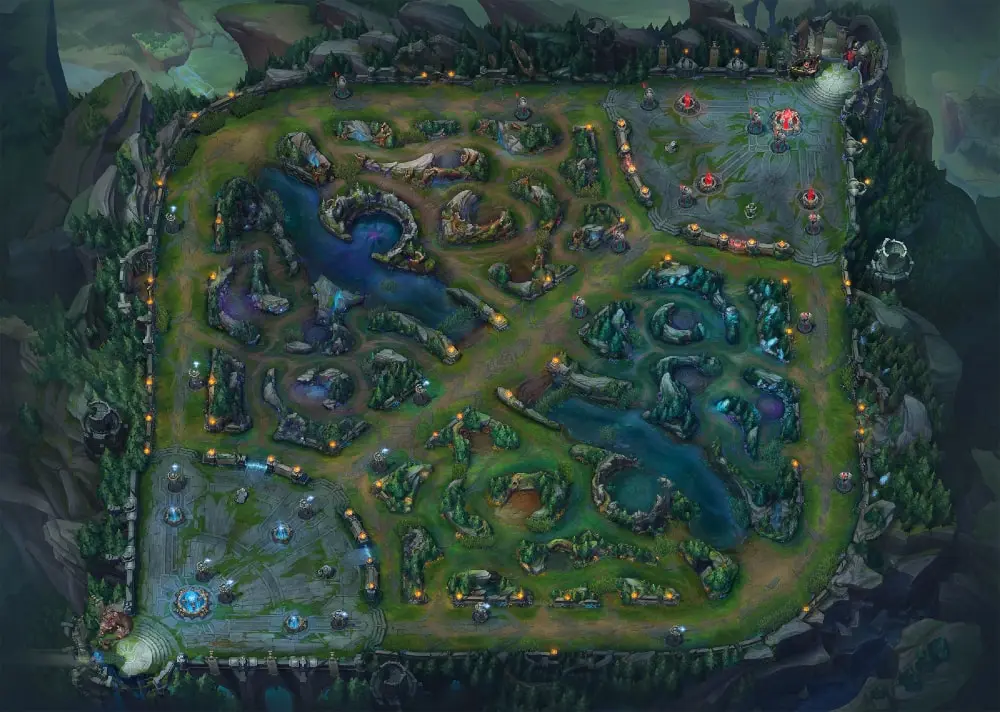
Dota 2's map, called The Battle Arena, also has three lanes, but with a few key differences. Instead of inhibitors, each lane has two towers and a set of barracks that, when destroyed, cause the enemy team's creeps in that lane to be permanently weakened. The Battle Arena's jungle is more complex, with camps that can stack over time, providing more gold and experience to the team that clears them. Dota 2 also has a unique objective called Roshan. This powerful neutral monster grants a significant gold bounty and drops the Aegis of the Immortal, an item that allows its bearer to resurrect upon death.
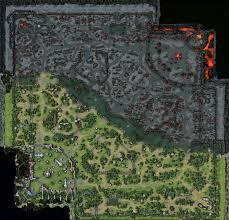
The economy and itemization systems of League of Legends and Dota 2 also have some notable differences. In LoL, players earn gold by last-hitting minions, destroying structures, and killing enemy champions. This gold is used to buy items that enhance their champion's stats and abilities. LoL has a streamlined item shop with limited choices, and most items have straightforward stat bonuses and passive effects.
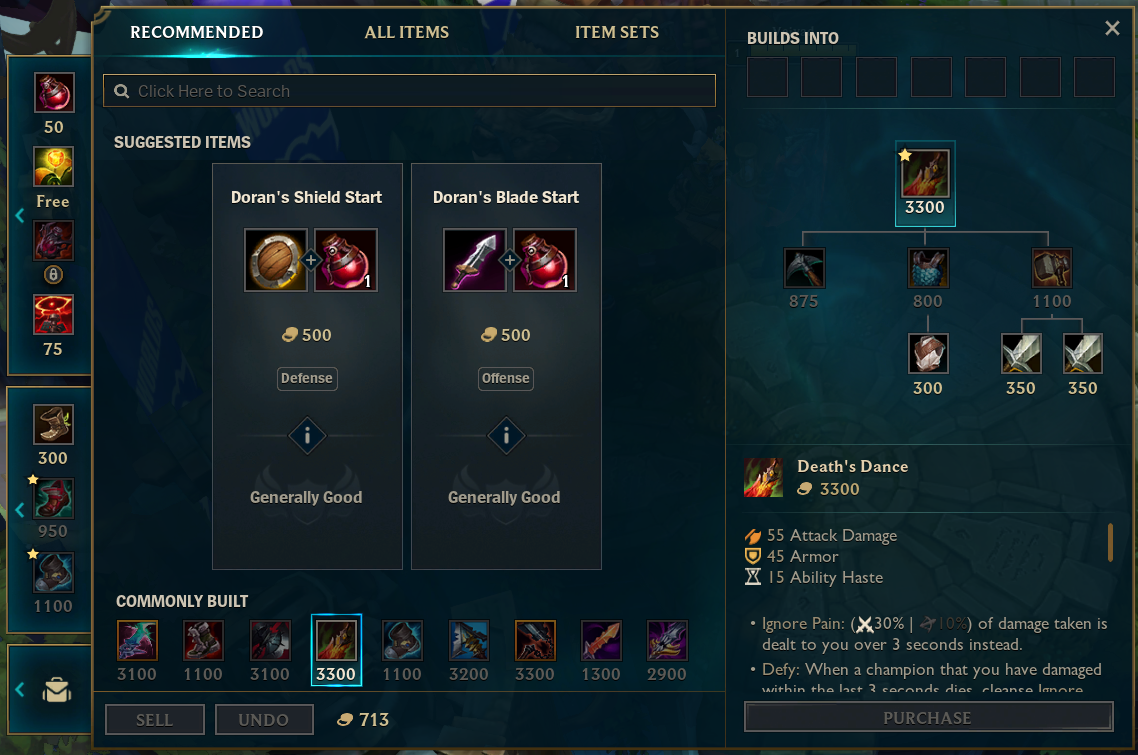
In contrast, Dota 2 has a more complex economy where gold is earned by last-hitting creeps, killing heroes, controlling the map, and securing last hits on neutral camps. Dota 2's item shop is much more extensive, with over 100 unique items with a wide range of active and passive effects. Many of these items can be combined to create even more powerful upgrades, allowing for a high level of customization based on different game situations.
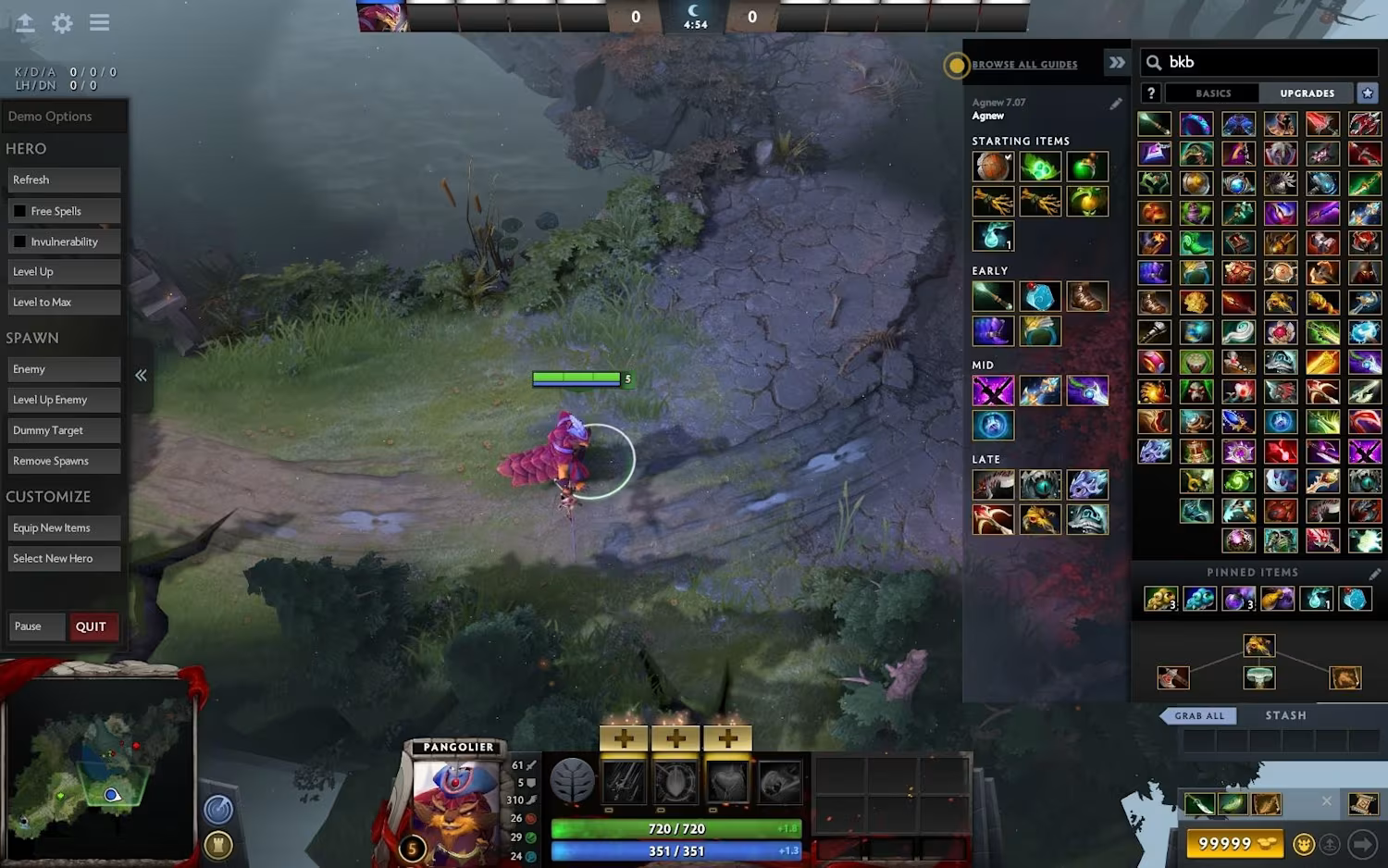
The laning phase and role distribution in League and Dota 2 also differ in some fundamental ways. In LoL, the standard setup is for a solo laner to go top, a mage or assassin to go mid, a marksman and support to go bottom, and a jungler to farm the neutral camps and gank lanes. This setup is relatively fixed, with each role having clear expectations and responsibilities.
In Dota 2, the laning phase is more fluid and dynamic. While there are typically two solo lanes and a duo lane, the specific roles and hero matchups can vary widely depending on the teams' strategies and drafts. Dota 2 also has a unique role called the "roamer" or "position 4", who moves around the map instead of farming a lane to secure runes, gank enemy heroes, and help their teammates. The added flexibility and unpredictability make the laning phase in Dota 2 more complex.
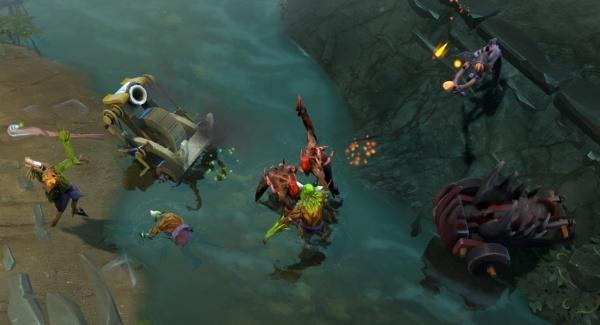
As matches progress into the mid and late game, the differences between LoL and Dota 2 become even larger. In LoL, teamfights are often initiated by a tanky frontline or a long-range engage from a champion like Malphite or Ashe. These fights are usually fast-paced and burst-oriented, with carries dealing massive damage in a short period and supports providing shields, heals, and crowd control to keep them alive. LoL teamfights often revolve around ultimate abilities that can change the fight.
In Dota 2, teamfights tend to be more drawn out and strategic, emphasizing positioning, vision control, and resource management. Teamfight engages often come from blink-initiators, who can instantly jump into the fight and disable multiple enemies. Dota 2 teamfights also feature more complex ability interactions and counters.
In the late game, LoL matches often come down to a few teamfights around main objectives like Baron Nashor or Elder Dragon, whereas Dota 2 games can hinge on a single pickoff or smoke gank that swings the game in one team's favour.
Both League of Legends and Dota 2 have thriving competitive scenes with millions of dollars in prize money and legions of dedicated fans. However, the structure and meta of these scenes differ in some ways.
LoL has a more established and regulated esports ecosystem, with regional leagues like the LCS, LEC, and LCK feeding into international tournaments like the Mid-Season Invitational and the World Championship. The LoL meta is heavily influenced by these professional leagues, with players often adopting the same champions, builds, and strategies as their favourite pros.
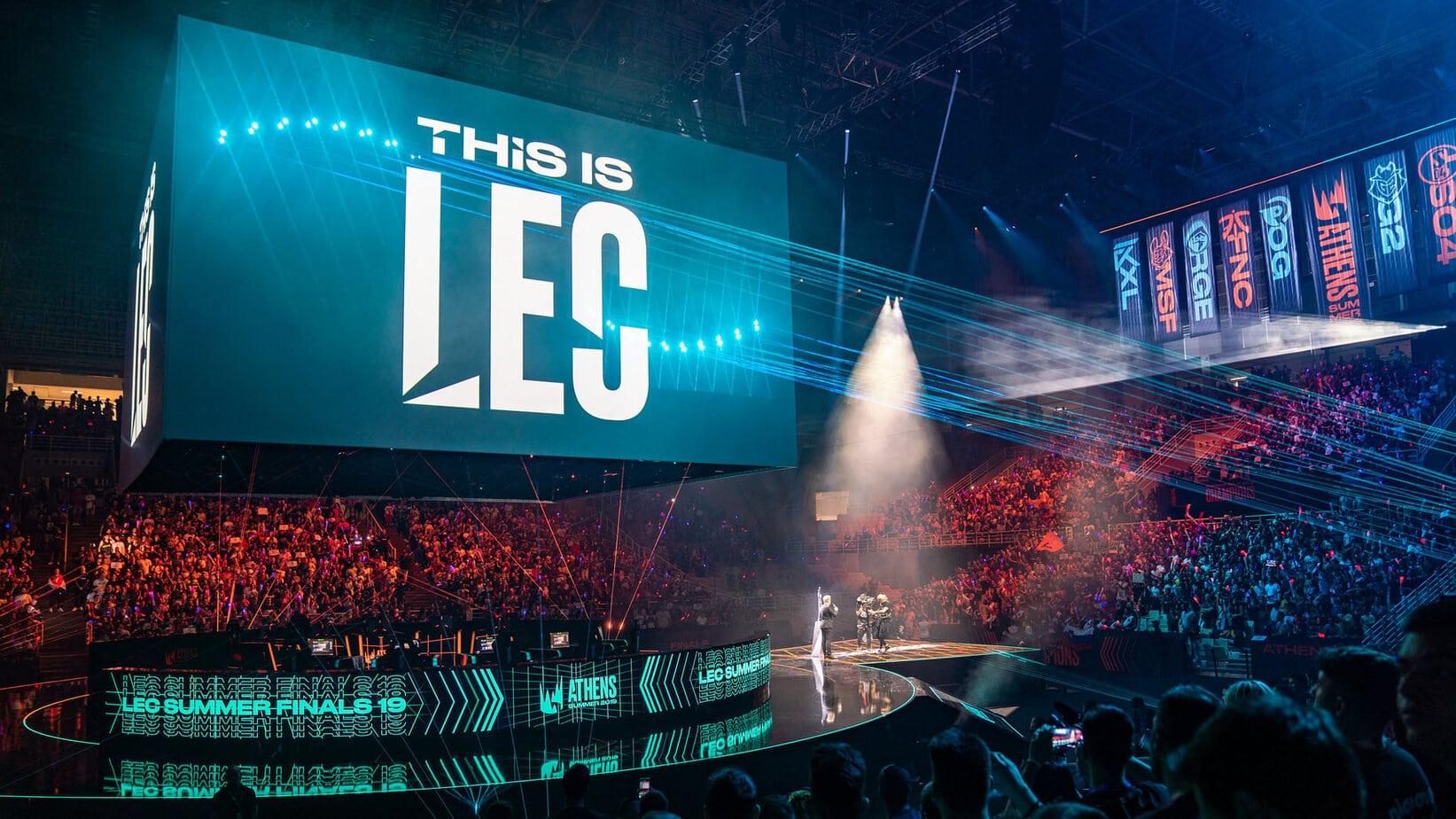
Dota 2, on the other hand, has a more decentralized and dynamic competitive scene, with a greater emphasis on third-party tournaments and grassroots events. The annual tournament, The International, is the biggest event in the Dota 2 calendar, with a crowdfunded prize pool that has reached over $30 million in recent years. The Dota 2 meta is more diverse, with a broader range of viable heroes and strategies across different regions and skill levels.
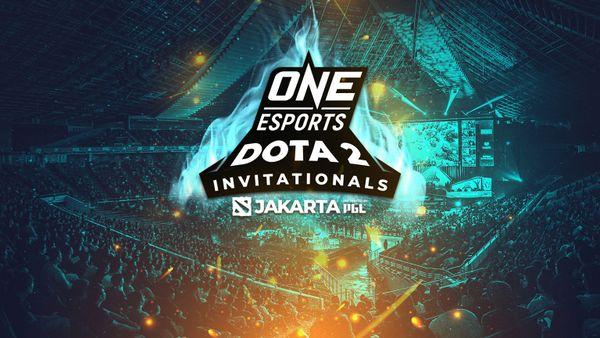
The communities and cultures of Dota 2 vs. LoL also differ in some ways. LoL has a larger and more mainstream player base, with a greater emphasis on accessibility, streamlined gameplay, and flashy cosmetics.
The LoL community is known for its passionate fandom, with players often identifying strongly with their favourite champions, teams, and content creators. However, the LoL community has also been criticized for its toxicity and lack of sportsmanship, with flaming, trolling, and AFKing being all too common.
Dota 2, in contrast, has a smaller but more hardcore and dedicated player base. Its greater emphasis is on strategic depth, mechanical skill, and game knowledge. The Dota 2 community is known for its creativity and innovation, with players constantly pushing the boundaries of what's possible with the game's heroes and items.
However, the Dota 2 community has also been accused of elitism and hostility towards newcomers, with a steep learning curve and unforgiving gameplay turning many players away.
Finally, the learning curve and accessibility of LoL and Dota 2 are significant factors that set the two games apart.
LoL is generally considered the more beginner-friendly of the two. It has a more streamlined and intuitive gameplay experience, a built-in tutorial, a more straightforward item shop, and a more apparent distinction between roles and responsibilities.
Champions in LoL also have more straightforward abilities and playstyles, making it easier for new players to pick up and understand. However, this simplicity can also be a double-edged sword, with some players feeling that LoL lacks the strategic depth and complexity of Dota 2.
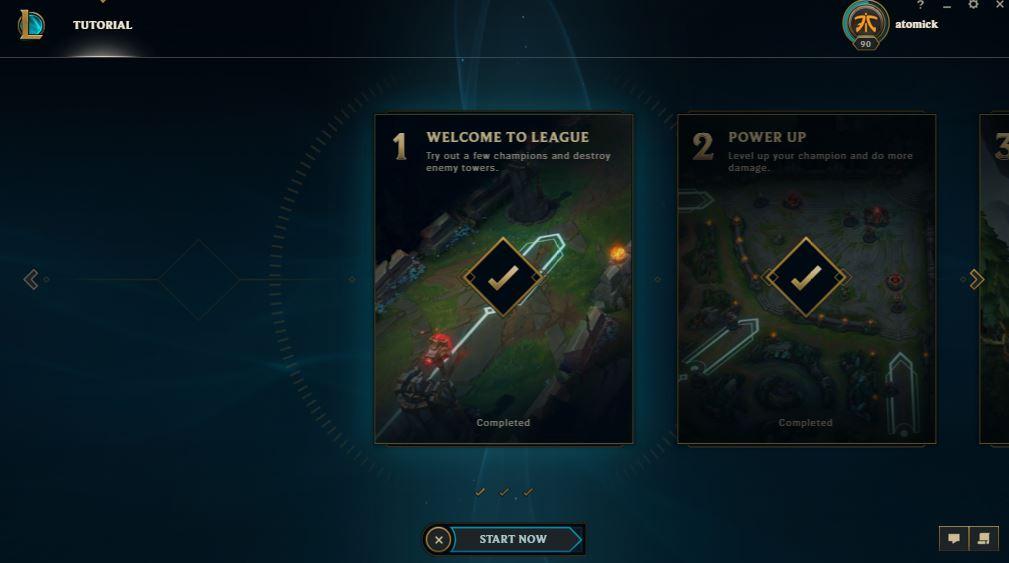
Dota 2, on the other hand, is notoriously difficult to learn and master, with a steep learning curve that can be intimidating for new players. It has a more complex map, a larger hero pool, and a more intricate itemization system, all of which require a significant time investment to grasp fully.
However, Dota 2's focus makes it so rewarding for dedicated players, with a near-infinite skill ceiling and endless opportunities for growth and improvement.
As we progress through 2025, the question of which game is more fun to play becomes even more important.
Both League of Legends and Dota 2 have continued to evolve and innovate over the years, with regular updates, balance changes, and new content releases keeping the games fresh and exciting for players.
In the case of League of Legends, the game has seen a steady stream of new champions, skins, and game modes, as well as major updates to its item and rune systems. These changes have helped to keep the game feeling fresh and dynamic, even for players who have been with the game for years.
Additionally, Riot Games has continued to invest heavily in the game's Esports scene, with major tournaments like the World Championship drawing in millions of viewers and offering life-changing prize pools for top players.
Valve's Dota 2, meanwhile, has also continued to evolve and grow, with regular updates and balance changes that have helped to keep the game's meta diverse and engaging. The game has also seen the addition of new heroes and items and significant changes to its map and objectives. One of the biggest draws of Dota 2 in 2025 is its thriving custom game scene, which offers endless fun and replayability.
Another interesting point of comparison between League of Legends and Dota 2 is their player count and demographics.
As of 2025, League of Legends boasts a staggering player base of over 130 million monthly active users, making it one of the most-played video games in the world. The game's popularity is extreme in regions like China, South Korea, and Europe, where it has become a cultural phenomenon and a significant driver of the Esports industry. Its diverse player base spans multiple age groups and nationalities, with a slight skew towards younger male players in their teens and twenties.
Dota 2, while still a hugely popular game in its own right, has a smaller player base than League of Legends, with an estimated 13.2 million monthly active users as of 2025. However, what Dota 2 lacks in sheer numbers, it makes up for in the dedication and passion of its player base. Dota 2 players are known for their high skill level and competitive drive, with many investing hundreds or even thousands of hours into mastering the game's intricate mechanics and strategies. Dota 2's player base is also more heavily concentrated in certain regions, such as Russia, Ukraine, and the Philippines, where the game has a solid following.
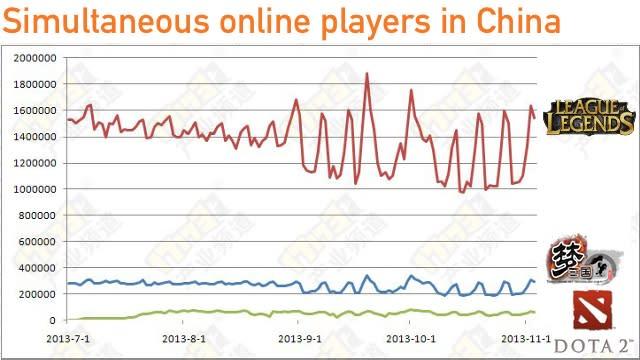
Regarding coaching, Dota 2 and LoL have unique challenges and opportunities for those looking to guide players to success. Professional League of Legends coaches often focus on helping players master specific champion matchups, develop effective communication and teamwork strategies, and adapt to the constantly shifting meta. League of Legends coaches may also specialize in particular roles or playstyles, such as helping jungle mains optimize their pathing and ganking strategies.
Dota 2 coaching, on the other hand, tends to focus more on the game's deep strategic elements, such as drafting, lane assignments, and itemization choices. Dota 2 coaches may spend more time analyzing replays and helping players understand the complexity of the game's many heroes and abilities. They may also work with players to develop mechanical skills like last-hitting, creep-pulling, and map awareness.
In conclusion, while Dota 2 and League of Legends may seem similar, they are very different games with unique strengths, weaknesses, and quirks. From the design of their champions and heroes to the structure of their competitive scenes, these two MOBAs offer very different experiences catering to various players and preferences. Whether you're a fan of fast-paced, action-packed gameplay or slow, strategic team fights, there's something to love about both LoL and Dota 2.